Mitla was the second most important ceremonial center after Monte Alban. The name Mitla or Mictlan is of Nahuatl origin and means "Place of the Dead" or "Inframundo". In Zapotec it is called "Lyobaa", which means "Burial Place", and in Mexico it became known as Mictlan, "Place of the Dead" which is shortened in Spanish to Mitla.
While archaeological evidence shows that Mitla was occupied by 500 B.C,E., the earliest construction dates to only about 200 C.E.. Construction of pre-Columbian style buildings continued up until the arrival of the Spanish conquistadores in the 1520s. The town has been continually occupied ever since; part of the more recent town was built over pre-Hispanic Mitla, but some groups of old elite palace complexes remained. The earliest structures (the Late Formative and Early Classic periods) at Mitla are Zapotec; the remainder are Postclassic in date, constructed during the Mixtec occupation of the site, but often displaying an interesting mix of Zapotec and Mixtec styles. Five main groups of buildings remain including the Grupo de las Columnas in the east of the site which is a former palace. It consists of three large rooms set around tombs and a courtyard. The palace walls are decorated with distinctive geometric mosaics that characterize Mitla's buildings. Each frieze consists of up to 100,000 separate pieces of cut stone. One of the rooms, known as the Salon de las Columnas, houses six monolithic pillars that once supported the roof. To the north is the Grupo de Iglesia centred around the colonial Catholic church. The pre-Columbian buildings that survived its construction are of similar design to those in the Grupo de las Columnas, but on a smaller scale. They still retain traces of paintwork and some artifacts which have been found at the site are displayed in the Museo Frisell de Arte Zapeteco Mitla.
In 1494 the Aztecs conquered Mitla and sacked the city. Once the Spanish took over, they found their efforts to convert locals to Catholicism thwarted by competition from native beliefs, manifesting themselves at ancient buildings such as those at Mitla. To combat the problem, the Spanish built a new church on top of the footprint of a former temple, scavenging the original temple for building materials.

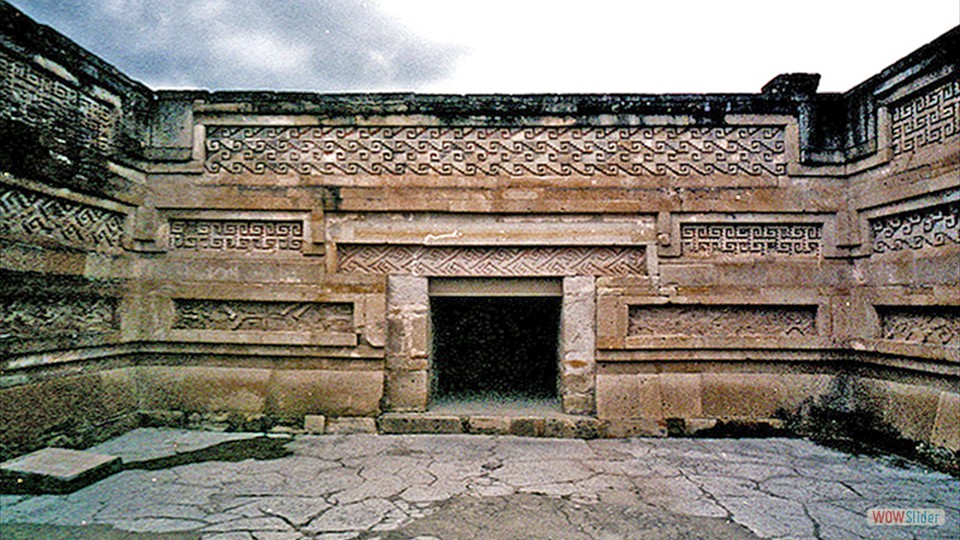
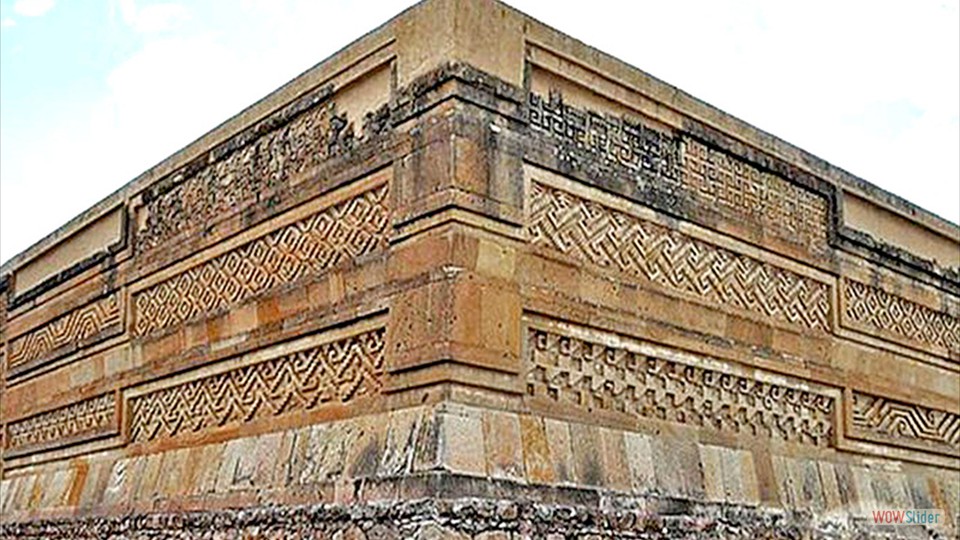
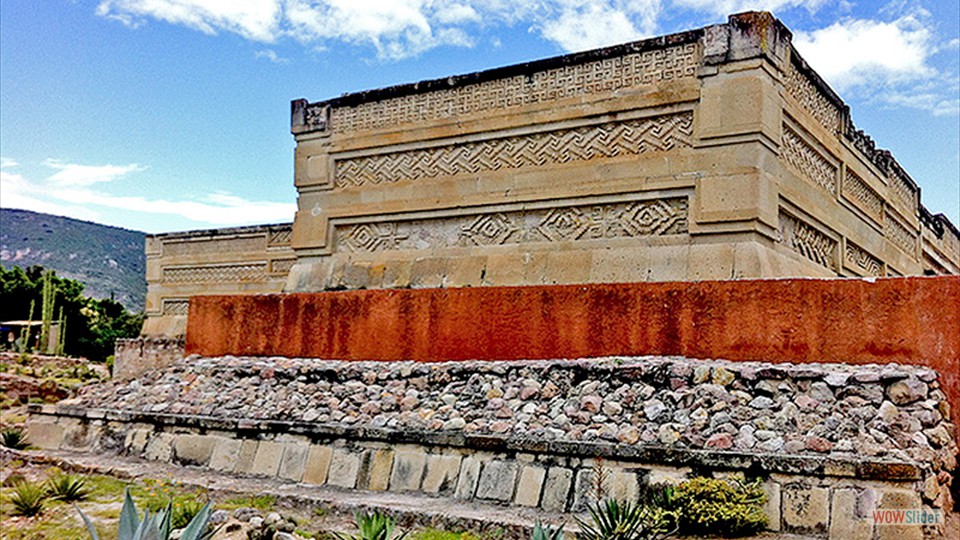

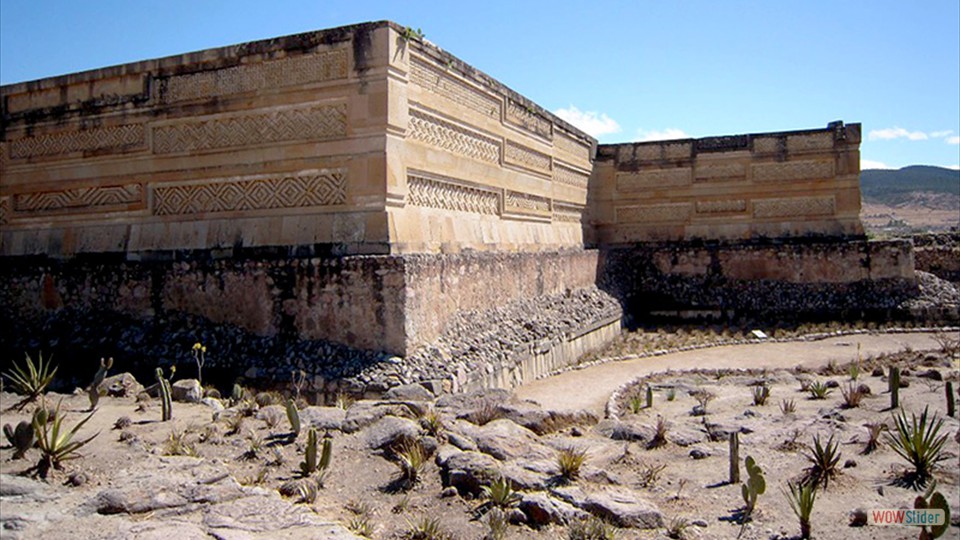
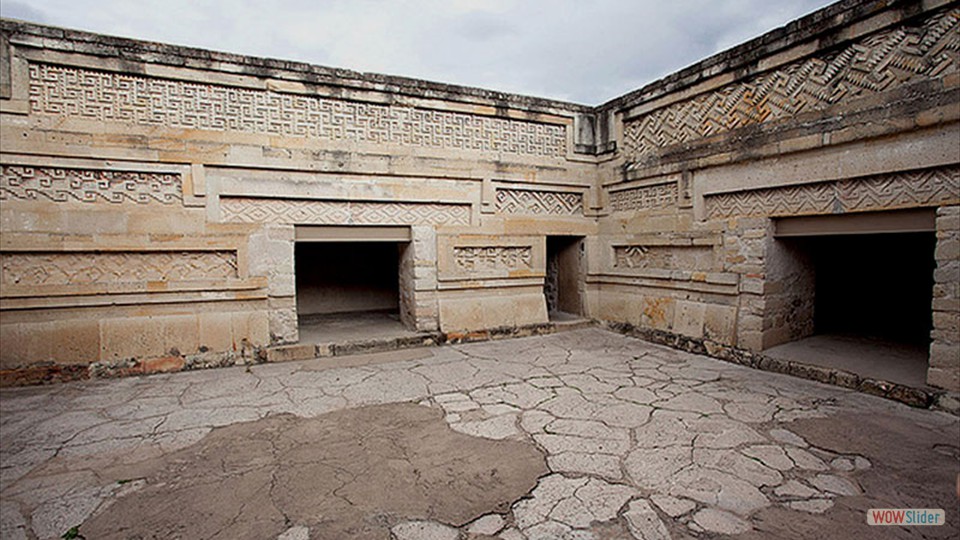
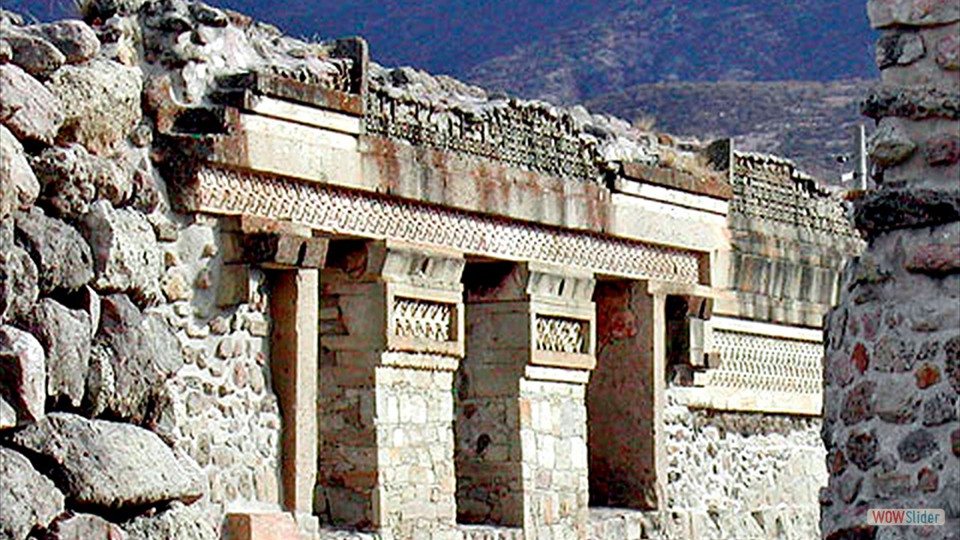
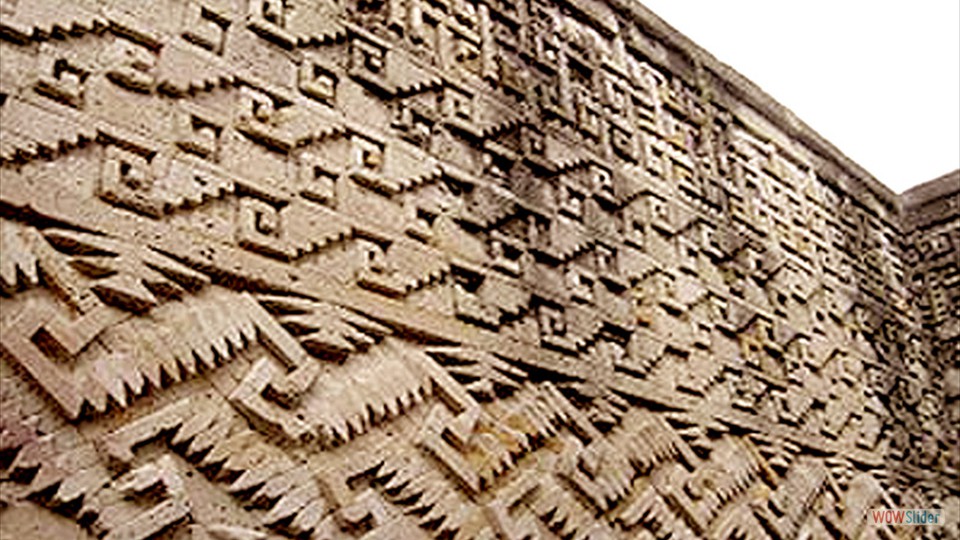
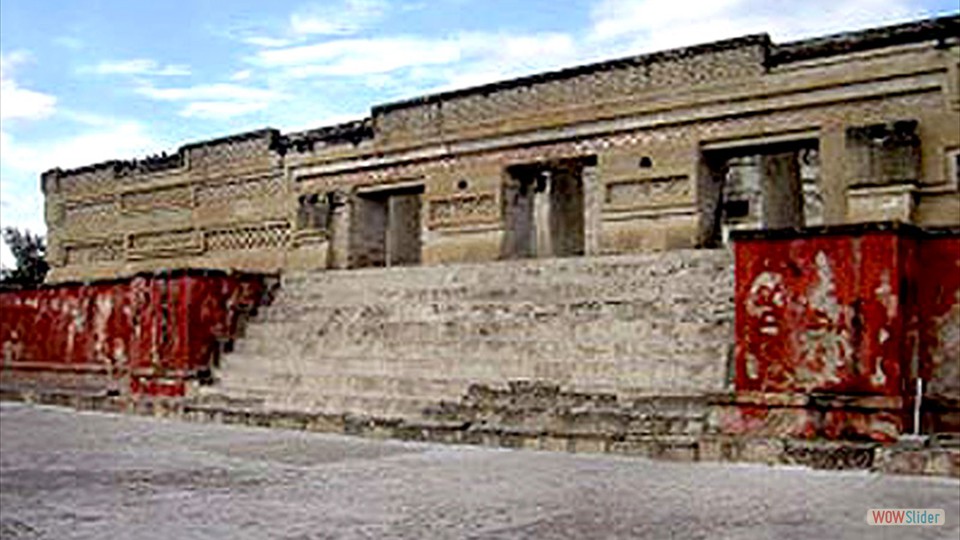

 1
1 2
2 3
3 4
4 5
5 6
6 7
7 8
8 9
9 10
10